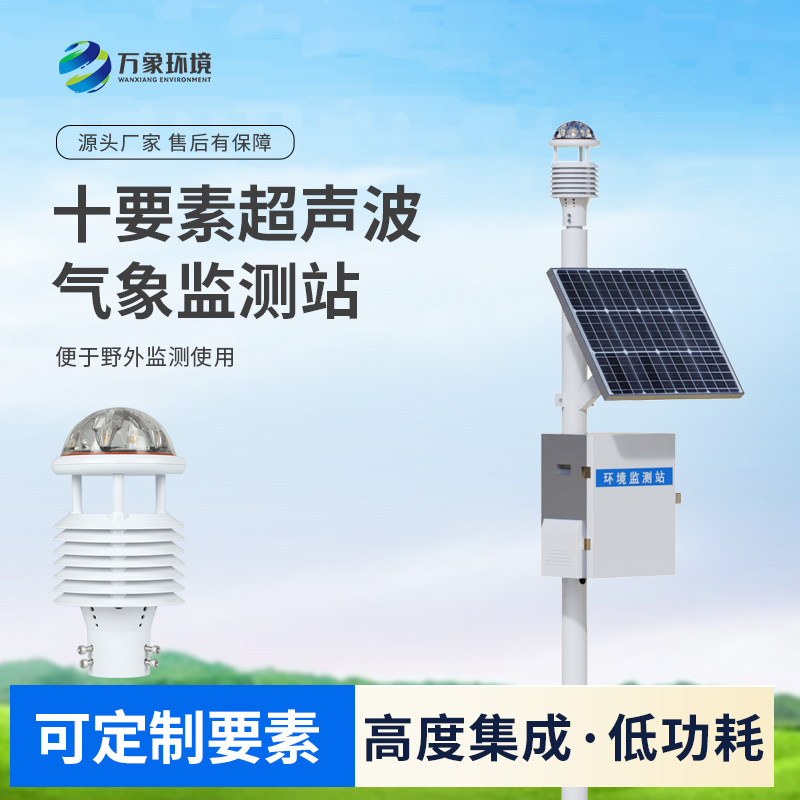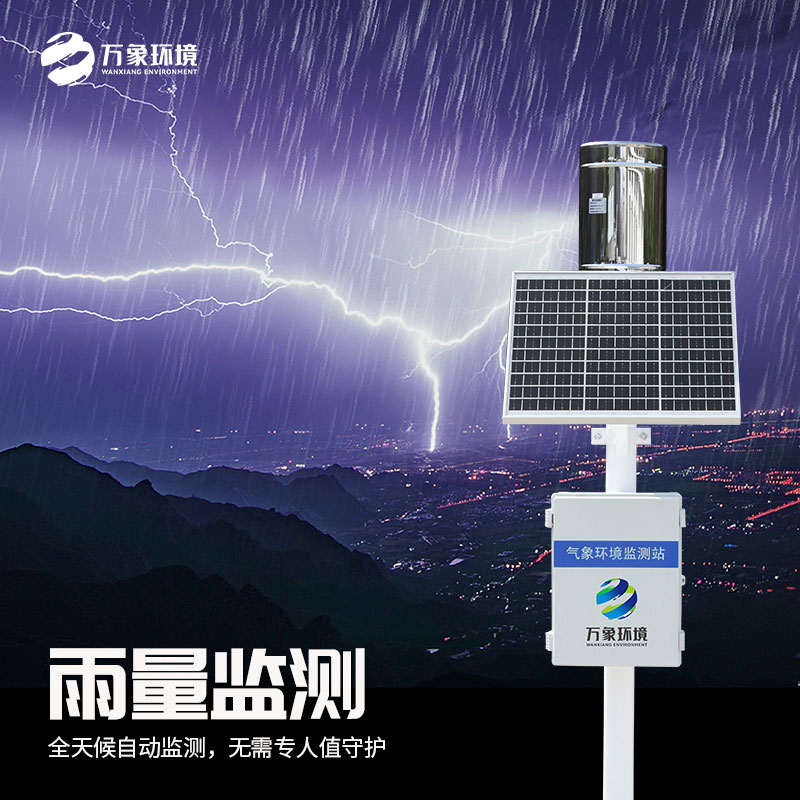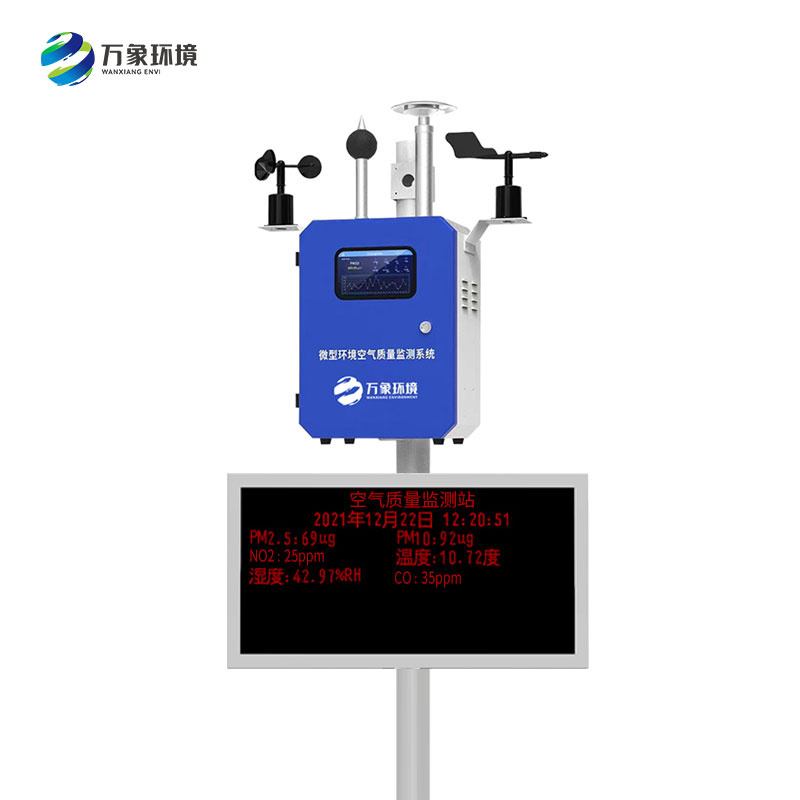The ten-element integrated weather station is a high-precision and highly reliable meteorological monitoring device that integrates multiple meteorological monitoring elements. It integrates the monitoring functions of ten key meteorological elements such as wind speed, wind direction, temperature, humidity, air pressure, light, optical rainfall, pm2.5, pm10 and noise, and can comprehensively and accurately reflect the changes in the meteorological environment. This meteorological station is usually composed of a sensor system, a data acquisition and processing system, a data transmission and communication system, and a power supply system, etc. All these systems work together to ensure the real-time monitoring and transmission of meteorological data.
In the urban environment, the WX-CQX10 ten-element integrated weather station plays a crucial role. With the acceleration of urbanization, the urban meteorological environment has become increasingly complex, and the demand for meteorological monitoring is also getting higher and higher. The ten-element integrated weather station can monitor the changes of meteorological elements in a city in real time, providing a scientific basis for urban weather forecasting, disaster prevention and mitigation, urban planning, etc.
In terms of urban traffic, the real-time meteorological data provided by meteorological stations can assist traffic management departments in formulating reasonable traffic control measures and reducing traffic congestion and accidents caused by bad weather. For instance, during heavy rain, meteorological stations can monitor the rainfall in real time, provide early warning information for traffic management departments, and take drainage measures promptly to ensure the smoothness of roads.
In terms of urban environmental protection, the data such as pollutant concentration and visibility monitored by meteorological stations can provide air quality monitoring and early warning services for environmental protection departments. These data are helpful for environmental protection departments to discover and solve air pollution problems in a timely manner and protect the physical health of citizens.
In addition, in fields such as urban planning, energy management, and public health, the ten-element integrated weather station also plays a significant role. Through real-time monitoring and analysis of meteorological data, scientific basis can be provided for urban planners to optimize urban layout and infrastructure construction. Provide precise energy dispatching solutions for energy managers to improve energy utilization efficiency; Provide early warning information for the public health department, take timely response measures and safeguard the health of citizens.

Article address:
http://www.qxhjjc.com/en/newcen/1449.html


















 Home
Home phone
phone Product Overview
Product Overview Contact Us
Contact Us